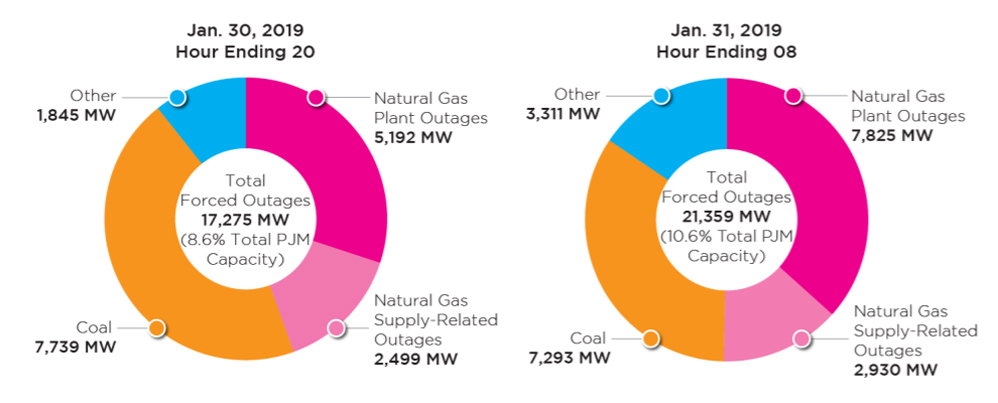
By Barbara Tyran
 Barbara Tyran | American Council on Renewable Energy
Barbara Tyran | American Council on Renewable Energy
As the frequency and severity of extreme weather events continue to increase and the clean energy transformation accelerates, grid operators and regulators across the country are faced with difficult decisions on how to ensure cost-effective, reliable service.
Two new studies illustrate the value of interregional transmission in solving an important part of this challenge. Their commonality reinforces the significance of their findings: We have the opportunity today to “read postcards from the future.”
The first, Potential Customer Benefits of Interregional Transmission, submitted by GE International to the American Council on Renewable Energy (ACORE), points to three geographic areas today with greater than 70% renewable penetration: California, Denmark and SPP. The report posits that the entire U.S. will have 20 to 50% renewable energy penetration by 2035. We can learn valuable lessons about load management and system operations from the areas with higher renewable energy penetration now. The report recommends examining the value of regionalization that has been validated for SPP, California and Denmark in an overall assessment for the broader U.S.
The second report, Fleetwide Failures: How Interregional Transmission Tends to Keep the Lights on When There is a Loss of Generation, highlights the asset value of the U.S. transmission system: 600,000 miles, of which 240,000 miles is intraregional and interregional high-voltage transmission. The report, written by Grid Strategies, describes the performance of the grid during several recent examples of extreme weather, including the 2021 Texas power outage, the 2021 California heat wave, the January 2019 Polar Vortex, and the 2017-2018 Bomb Cyclone. The analysis illustrates the benefits of interregional transmission access, which can serve as a “lifeline” during periods of interruption. As documented in other studies, including a FERC-NERC investigation, the localized nature of extreme weather underscores the important role of interregional cooperation and access to new electricity supplies. As an example, each additional gigawatt of transmission capacity connecting ERCOT with neighboring states in the Southeast could have saved $1 billion in damages and provided energy to 200,000 homes during February’s winter storm.
 Forced outages in PJM during the 2019 polar vortex | PJM
Forced outages in PJM during the 2019 polar vortex | PJM
The “postcard from the future” in both reports aligns around the utilization of today’s best practices to guide future energy planning efforts. Because decarbonization mandates will likely continue/increase — as will extreme weather events — geographic regions with higher renewable energy penetration provide a window into how to operate future power systems reliably and affordably in the new paradigm. As pointed out in the GE report, resilience is based on three types of reliability: 1) adequacy (fuel diversity); 2) operations (flexibility); and 3) stability (grid strength). We can begin to address these three attributes today to achieve resilient decarbonization. The report concludes, based on contemporary experience, that interregional transmission access (“greater regionalization”) is the most cost-effective mechanism for achieving resilience in a world with higher renewable energy penetration.
Today’s experience also reveals that it is difficult to accurately evaluate consumer benefits on a regional basis and that guidance must be established at the national level in order to be fully effective.
We can glean important information today from those geographic areas with higher renewable energy penetration that will help prepare us for a seemingly inevitable path ahead. Let’s study those examples now so that we arrive together in 2035 with empirical knowledge and confidence in our power system. Reading “postcards from the future” is smart and highly useful.
Barbara Tyran is the director of the American Council on Renewable Energy’s Macro Grid Initiative, which seeks to expand and upgrade the nation’s transmission network to deliver job growth and economic development, a cleaner environment and lower costs for consumers.